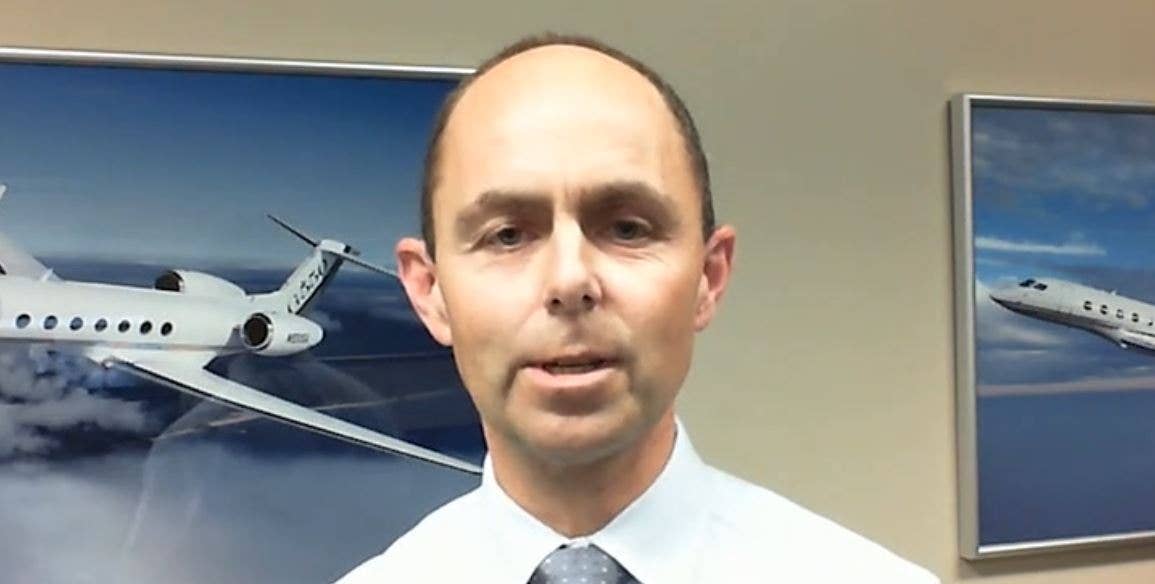
This fireside chat recap is from FLYING’s “What’s Next in General Aviation” Virtual Event on Wednesday.
FIRESIDE CHAT TOPIC: Here’s a look at how FlightSafety International and GE Digital are teaming up to create an unprecedented flight training program using data from real flights.
DETAILS: FLYING’s Thom Patterson talks with D. Richard Meikle about the use of flight data in flight training programs.
SPEAKER: Meikle is executive vice president of safety and regulatory compliance for FlightSafety International.
BIO: Meikle joined FlightSafety International as executive vice president, safety and regulatory compliance in March 2020 after 25 years at NetJets Aviation. Richard flew in corporate, regional airline, and fractional aircraft ownership operations and is type-rated in a wide variety of business and commercial aircraft. He holds a U.S. airline transport pilot license and an Australian commercial pilot certificate with instrument and multiengine instructor ratings. He earned a Master of Science degree from Embry-Riddle Aeronautical University with a minor in safety program management and serves as an adjunct associate professor for the university.
KEY QUOTES FROM MEIKLE:
“Very quickly, GE proposed a solution, which I think is perfect. It’s the ideal marriage. They said, ‘Let us be your data analysts.’ They are the experts. They are the world leader at doing this type of flight data analysis. It made perfect sense to take the data that they’re collecting and analyzing, and identify those hotspots in the industry, and the things that are hurting people. And then for us to be the training delivery arm to counteract those hazards that are out there.”
“A very simple example would be runway excursions—one of the number one causes of accidents and incidents in the industry. Often, it is a result of, shall we say, less-than-precise delivery of the airplane to the runway threshold and then to touchdown. FOQA data will really give you some great insight into that, as to what’s the typical touch down point? What’s the typical crossing speed across the threshold? … By us really illustrating that in the training, and building a scenario that is focused on that, we can weave that concept into the training and therefore eliminate the hazard.”
“There’s a mindset in the industry that training has historically been a regulatory event. What is it that pilots come to training for? Generally speaking, a lot of them view it as, look I’ve got to go check the regulatory boxes so I can continue to fly. … The reality is that it was regulatory training with some safety elements woven into it. What we’re doing is transitioning that mindset to safety-based training that will meet the regulatory requirements—there’s no question about that—but the focus has to be on safety.”

Sign-up for newsletters & special offers!
Get the latest FLYING stories & special offers delivered directly to your inbox






